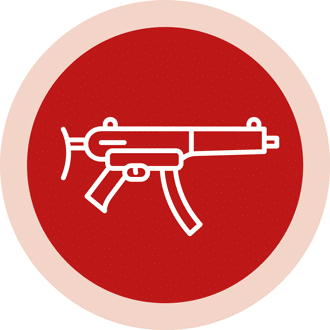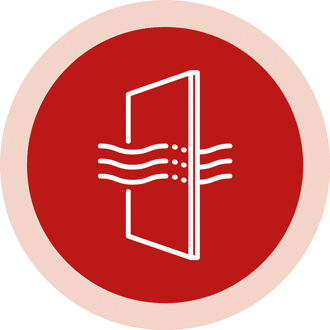Emergency exit doors must be able to be opened quickly and easily in the evacuation direction in the event of an emergency.
One of the most important properties of emergency doors are the anti-panic locks. The emergency doors of public areas must be fitted with a panic bar. With double doors, this can be done on only the active leaf or on both door leaves. Both a panic bar and panic stool can be used in non-public areas.
There are different options and different types of emergency door locks to open the door. With an emergency door there is only 1 constant: it always opens (with a panic lock) from at least 1 side. In theory, it can also turn ‘wrong’, but that rarely happens. To operate the lock, this can be done with a crank as well as with a panic bar.
There are also various options on the outside. For example, the doors on the outside can be equipped with a handle, a sphere, trigger or with an electrically operated access.
Once the emergency door has been opened, there are also two possible situations here. We either ensure that the door remains open, or we ensure that the door closes itself again automatically and possibly relocks itself, whether or not it is locked. Everything is possible. If the emergency door is also fire-resistant, the door pump will ensure that the door is closed again.
Moreover, emergency doors are often combined with burglary-resistant, fire-resistant and sound-resistant properties.
Doors with anti-panic properties are mainly used in the retail sector, concert halls, shopping centers, museums, football stadiums, production environments, the healthcare sector, car parks, offices, etc.


















